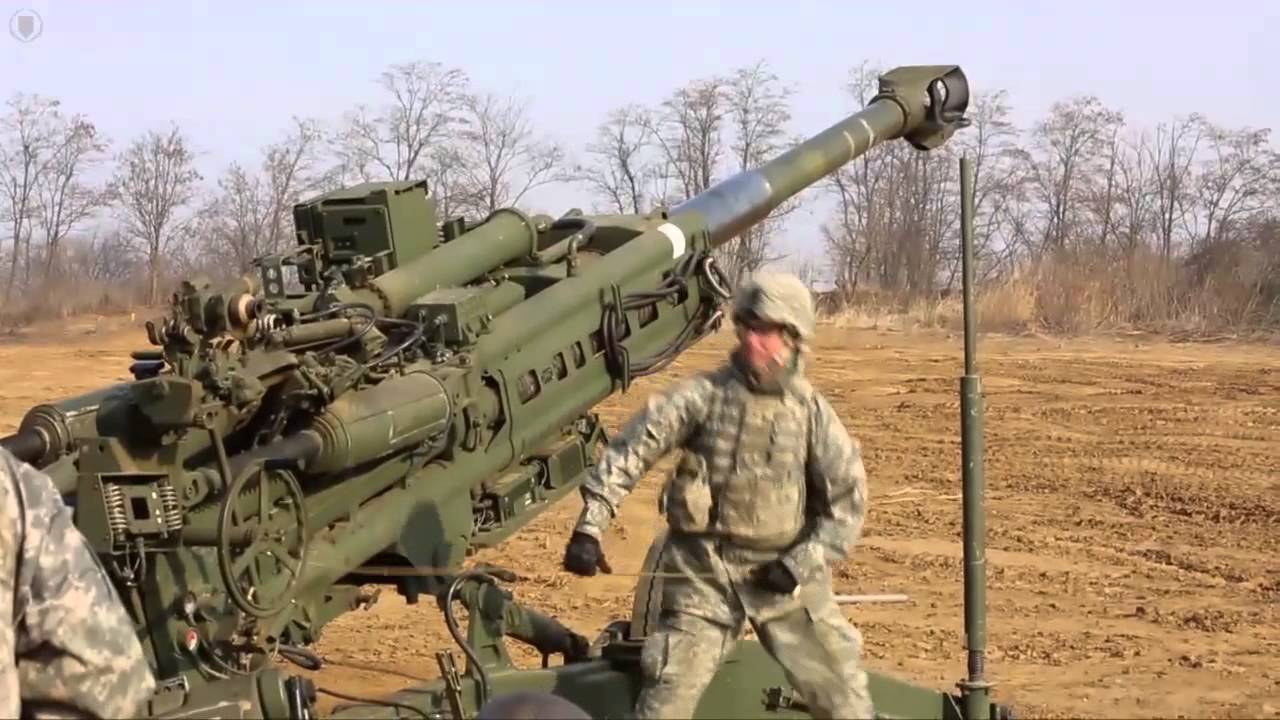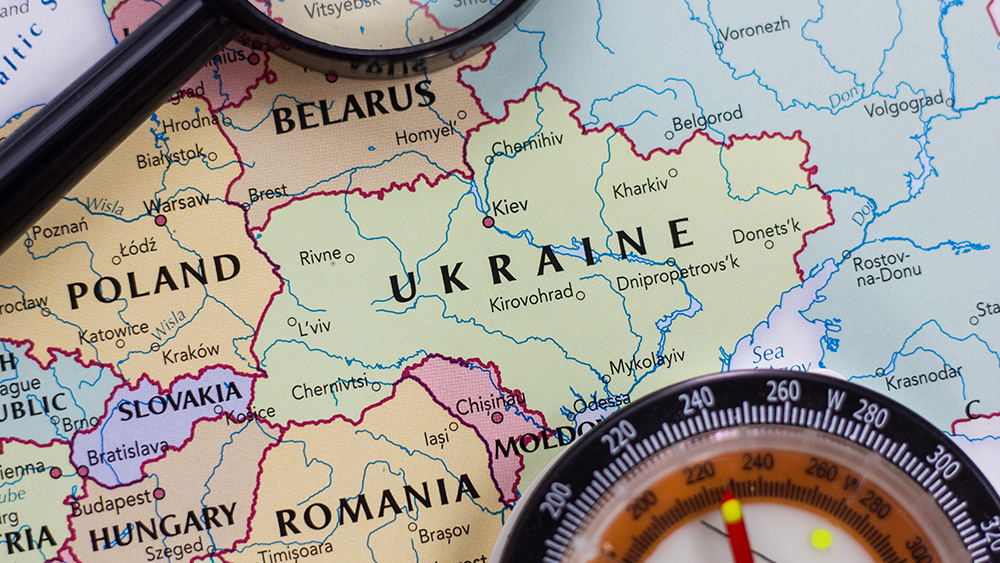Prepping basics: What to do when SHTF in the suburbs
12/21/2022 / By Zoey Sky

Many articles about prepping often focus on people who live in cities and how they might have to evacuate when SHTF. For those who live in rural or remote areas, articles may discuss how preppers can best sustain their way of life after disaster strikes.
But what about preppers who live somewhere in the middle of the suburbs?
Suburbs often act as transition points between major metropolitan areas and rural locations. When SHTF, suburbs offer unique advantages and disadvantages for survivors in different situations.
If you live in the suburbs, knowing how to take advantage of suburban environment strengths and how to minimize or avoid the weaknesses of suburbia is key to your survival when things go south. (h/t to SurvivalSullivan.com)
When SHTF in the suburbs, it is better to bug in or stay at home in most cases since evacuating may risk your life, especially if you travel by foot or car.
Another downside to bugging out is you are forced to leave behind the safety of your home, your survival supplies and trusted fellow preppers.
When SHTF in the suburbs, bug in at home when it is safe to do so.
Here are some of the most common survival scenarios that you may experience in a suburban area:
Government crackdown or martial law
Things could be worse in the city during martial law, so stay put in the suburbs.
During a widescale implementation of martial law, police and military forces will probably focus on securing installations of high value to the continuation of government, like industrial, commercial and political centers.
Societal unrest
Widespread societal unrest caused by economic or cultural issues may trigger changes in how your neighbors treat each other due to various stressors.
Protect yourself and your family by fostering alliances with like-minded neighbors and fellow preppers.
Heatwave
Heatwaves are seasonal. To prepare for one, you need to avoid physical exertion that is not necessary. Before SHTF you should also stock up on enough drinking water for your family.
Prepare something to help cool your living space or at least keep the air moving. Keep in mind that heatwaves also cause a blackout. (Related: Prepping before SHTF: 16 Items for your survival first aid kit.)
Blackout
Blackouts aren’t that serious as long as you prepare ahead of time. If you have a backup battery tank or solar generator, charge it.
Stock up on short-term power outage-specific items like extra batteries, canned food, toilet paper, fuel, paper products and water bottles. Rotate food supplies to prevent spoilage.
If you stocked up on supplies, you can provide for your family during a short- or long-term power outage.
Tornado
Tornadoes can cause widespread destruction so you should prepare before SHTF. If possible, fortify your basement or set up a built-in tornado shelter so you have somewhere safe to hide in during a tornado.
If your home doesn’t have a basement, consider installing a tornado shelter or head to the nearest designated tornado shelter in your area once a tornado watch has been declared.
Hurricane
Hurricanes come with devastating winds and massive inundations of rain and storm surges.
The weather conditions can make it hard to bug in if your home is in the path of a hurricane. Prepare if you have to bug out or evacuate early before it makes landfall.
If you receive an early warning and you have enough manpower and the right equipment, you can fortify your suburban home with some measure of flood protection using sandbags or other barriers. However, this requires you to work ahead of time.
Blizzard
If you live in a suburban area, you can get through a blizzard mostly unscathed if you make the necessary preparations.
Similar to preparing for a long-term power outage, you also need enough supplies like food, water, medicine and other items. You should also have backup capability for heating the house or a safe dwelling space that will keep your family comfortable during the worst of the storm.
Don’t leave your home during a blizzard unless it is no longer safe to bug in.
Earthquake
On average, your chances of surviving an earthquake in the suburbs are high.
While typical residential homes can be severely damaged or even destroyed by an earthquake, a suburban home won’t suffer as much damage compared to a high-rise building that is vulnerable to catastrophic collapse.
If you or someone else gets trapped under rubble or in a damaged home, you won’t have to wait long for rescue since your neighbors can come to your aid.
Flooding
Flooding is a common disaster and it can also happen in the suburbs.
If your neighborhood is in a flood-prone region, it might be safer to evacuate. If you prefer to bug in, you might need heavy equipment to erect a water-tight dam around your property.
There’s also a chance that your area will be the priority for state and federal aid in the aftermath of major flood events. If you decide to bug in, you can generally expect rescue in a timely manner.
If you live in the suburbs, prepare before SHTF to protect your family from common survival scenarios like a blackout, flooding or social unrest.
Watch the video below to learn how to prep on a budget.
This video is from THE HEALTHY AMERICAN channel on Brighteon.com.
More related stories:
Prepping skills: 15 Food storage and preservation methods to learn before SHTF.
Prepping tips: Scavenging in the city when SHTF.
Disaster prepping 101: Learn land navigation skills to get out of SHTF situations.
Sources include:
Submit a correction >>
Tagged Under:
advanced prepping, disaster, off grid, preparedness, prepping, prepping tips, self-reliance, SHTF, survival, survival gear, survival supplies, Survival Tips, survivalist, urban scavenging
This article may contain statements that reflect the opinion of the author
RECENT NEWS & ARTICLES
COPYRIGHT © 2017 CHAOS NEWS





















